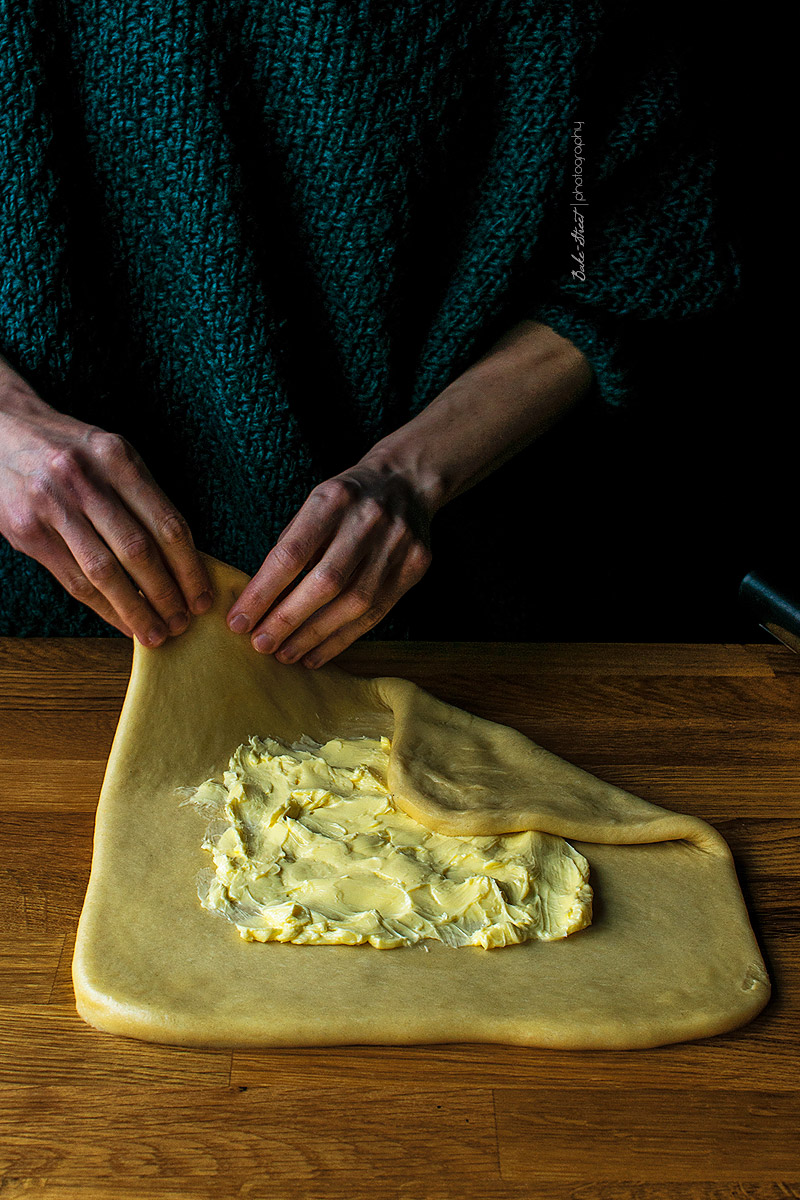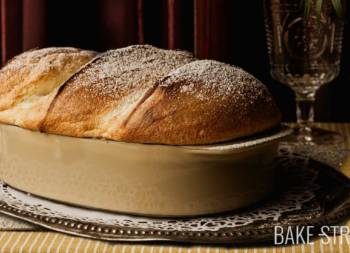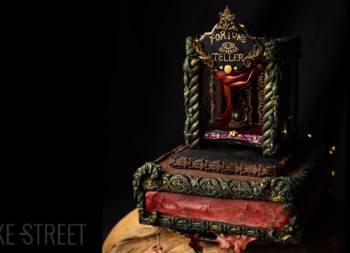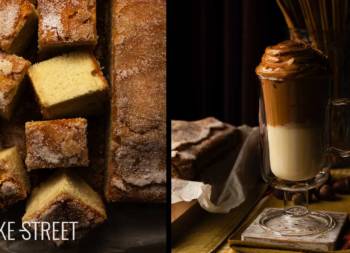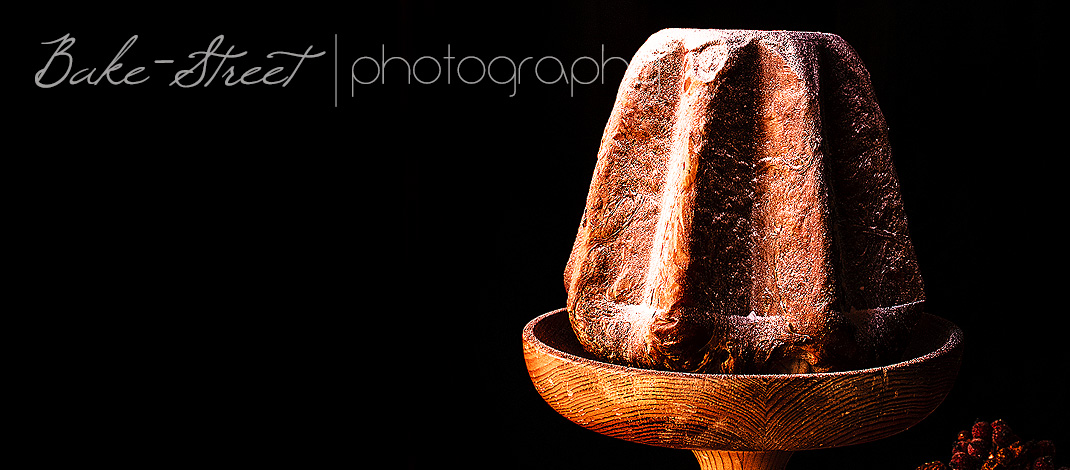
Pandoro, original Simili recipe
I can´t end this year without a new post, I think we have to end things well to start new better. My perfect ending for 2016 is one of my favorite Christmas sweets, Pandoro. Yes, I know, I have a lot of favorite sweets… but without doubts, this is one of the most that I eat during Christmas time, so I think it could be one of my favorites now (with Roscón de Reyes!)
Pandoro is an original sweet from Verona and, along with Panettone, is one of the traditional christmas sweets from Italy. They are quite similar but not everybody loves them the same way, they love Pandoro or Panettone, but not both. If I have to choose one of them, I prefer Pandoro.
The origin from this bread is not sure. It is said that this bread is originated from the famous Viena Bread, but other saids that this bread derives from the Golden Breads (called this way for the color dough due to the use of eggs, butter and honey) that were reserved for the nobility.The first citation of a dessert clearly identified as Pandoro dates to the 18th century. The dessert certainly figured in the cuisine of the Venetian aristocracy. Dough is quite similar to brioche, with a yellow intense color, great aroma and an appearance like a star. An authentic dish of gods.
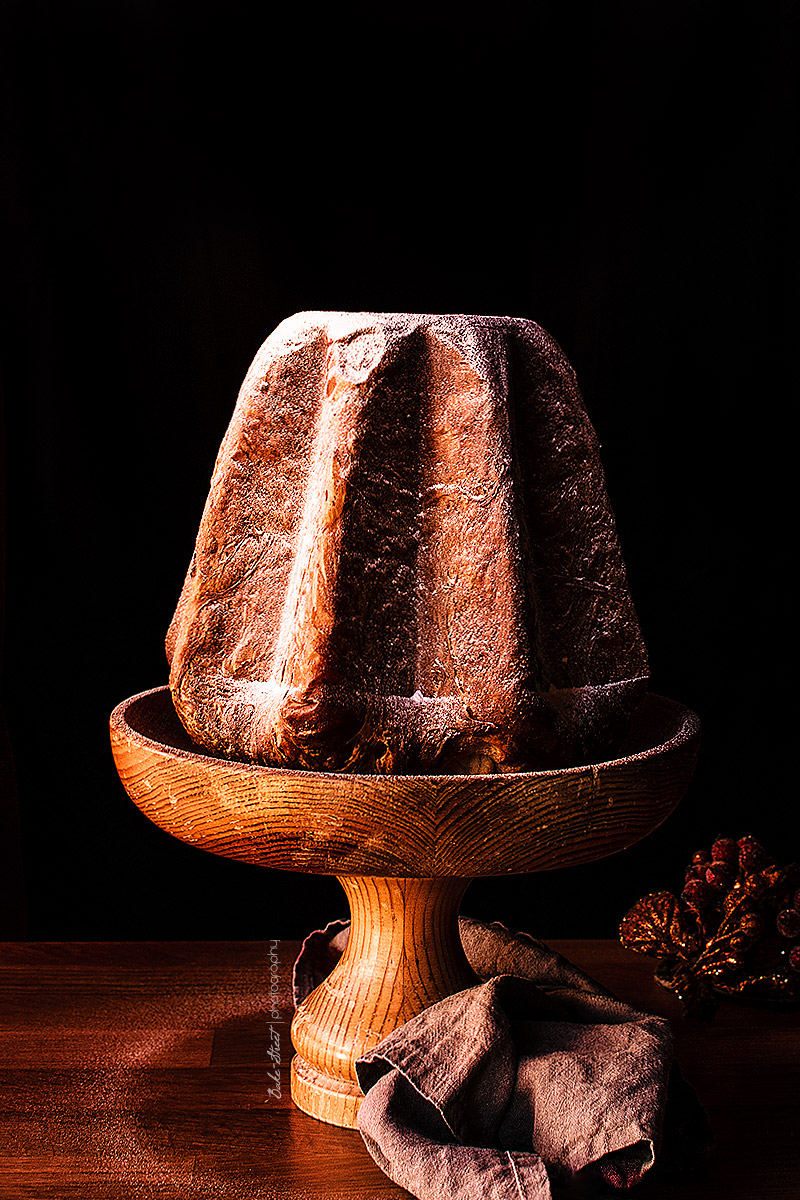
I´m sure that many of you have tasted it, but if you don´t, maybe this will be a perfect moment. the recipe that I share with you is from Simili sisters, from their book “Italian Bread and Sweets“. I have made this recipe too many times and I can ensure that results are awesome always. I want to give you some tips to get an incredible Pandoro.
How to make a perfect Pandoro?
- Yeast: They tell in their book that it is better to use fresh yeast instead of dry yeast, because dough proofs better. I always use dry yeast because fresh yeast, the most of the time, expires… but results with dry yeast are great. Certainly my final times proofs are longer than they say, but also we must consider outside temperature which affects into the dough.
- Flour: All flours are different, even when we use the same kind of flour. Why? Milling and kind of wheats. So it could be possible that your dough need a bit more or lees of water. I my case I needed roughly 1 Tbsp + 1 tsp more of water than original recipe. It is not too much water, but if we join all the steps, result won´t be the same.
- Dough temperature: It is important to measure dough temperature, not only in this recipe, in all dough recipes will be great. After the first kneading, probably it wouldn´t be necessary because there will be few friction. But in the second dough, it would be great to measure it and it mustn´t reach 77ºF. If dough has a high temperature, you can place in the fridge for a few minutes (always covered with plastic film) or in a cold place.

Make folds into the butter or add to the dough?
I have tested two ways, making folds like you will make a puff pastry or add into the dough getting a enriched dough. I prefer and recommend to make it folding, results are incredibly better than the other way. Crumb is tender, soft, light… awesome!
You have to be care when you make folds to avoid butter goes out by the seams, it is important to join them well. A metallic rolling pin with be a perfect help because is more heavy and stays cool.
- Fermentation: You must to respect time proofing always, this step will ensure to get a good results. Otherwise it won´t be this way, may be a compact crumb, for example. Last fermentation is quite longer, 8-12 hours, but if your house is warm and you can bake it, you can place in the fridge (inside on the pandoro pan) until the next day.
- Baking: This last step is important because we don´t want a dry or uncooked pandoro. Time baking can change due to our oven, mine was 50 minutes but yours can be different. So, measure temperature to know how it goes. When pandoro inside reaches 194-197ºF, will be cooked.
Cool, inside or out from the pan?
some people recommend to let cool pandoro inside of the pan, I never make it this way. When I remove from the oven, let sit for 2 minutes and then unmold. If we let pandoro inside of the pan, will condense and texture will change.
I hope with these tips you will make a perfect pandoro. Don´t be scared when you read instructions, this is not hard as it may seem 😉
PANDORO:
I have used a 12,5 cups pandoro pan.
FOR THE LIEVITINO:
- 1 tsp (5 g) active dry or instant yeast
- 1/4 cup (60 g) water at room temperature
- 1.75 oz (50 g) Manitoba flour or all-purpose flour
- 1 Tbsp (15 g) sugar
- 1 large egg yolk
FOR THE FIRST DOUGH:
- 7 oz (200 g)Manitoba flour or all-purpose flour
- 0.035 oz (1 g) active dry or instant yeast
- 1 Tbsp + 2 tsp sugar
- 2 Tbsp (30 g) unsalted butter at room temperature
- 2 tsp (10 g) water
- 1 large egg
FOR THE SECOND DOUGH:
- 7 oz (200 g) Manitoba flour or all-purpose flour
- 3.5 oz (100 g) de azúcar
- 2 large eggs
- 1 Tbsp + 1 tsp (22 g) water
- salt, 1 tsp
- 1 vanilla pod, only seeds
- 4.95 oz (140 g) unsalted butter at room temperature
INSTRUCTIONS:
Make the lievitino.
- In a medium bowl combine water along with dry yeast, flour, sugar and the egg yolk.
- Mix until combined, you will get a high hydration mixture. Cover with plastic film and let rise until doubled in bulk. It will depend from your house temperature, it could be 1-2 hours.

Make the first dough.
- In a bowl of a stand mixer add lievitino along with sugar, dry yeast, water and egg. Mix until get an homogeneous dough.
- Add flour little by little and mixing at a time with a dough hook attachment at low speed. Once the flour is integrated, knead until get a well developed dough.
- Incorporate butter and knead until dough be smooth.
- Cover the bowl with plastic film and let rise until doubled in bulk, roughly 2 or 2 1/2 hours at 70ºF.
Make the second dough.
- In a medium bowl whisk eggs along with sugar, water and vanilla seeds until combined. If you break egg thickness, it will be easier to get a better dough without lumps.
- In the stand mixer bowl, in which we have the first dough, add egg mixture and knead with the dough hook attachment at low speed until all ingredients are combined. If it possible you have to stop the mixer, separate the dough from the sides of the bowl and use your hands to help.
- Add flour little by little and mixing at a time.
- Once flour we have added all the flour, knead for 10-15 minutes. We will get a lightly sticky dough but well developed.
- Round the dough into a ball and put into a grease bowl. Cover with plastic film and let rise until doubled in bulk. It will get roughly 3 hours at 70ºF.
- Once dough has doubled in bulk, place in the fridge for 40 minutes before make folds into the butter.

Make folds into the butter.
- Sprinkle table or counter with a few of flour and place the dough on it.
- Degas the dough and roll until make a square with roughly 13 inches.

- Put the butter to the middle of the dough, set like a diamond and spread with the tip of your fingers. Fold the corners to the middle and press.


- Roll the dough into a rectangle roughly 17 inches.

- Fold the top third down and the bottom third up, like folding a letter.
- Rotate the package of dough and butter so that the narrower, open end is facing you (90 degrees), like you’re about to read a book. Cover with plastic film and let sit for 15 minutes.
- Then roll again into a rectangle, fold the top third down and the bottom third up. Cover with plastic film and let sit for 15 minutes.
- We have to make this 3 times.
- In the last roll, let sit the dough covered with plastic film for 15 minutes.
Shape Pandoro.
- Grease with butter a Pandoro pan, let aside.
- Round the dough into a ball, putting the ends from the dough inside. With your greased hands in butter, shape into a ball with care and place seam-side up in the Pandoro pan. The beautiful and smooth side from the dough will be in the bottom pan.
- Cover with plastic film and make a bulk proof for 8-12 hours, it will depend from the outside temperature. Mine was 10 hours at 70ºF.
Bake Pandoro.
- Preheat oven 330ºF at least 20 minutes prior to baking. I always bake pandoro in the second rack beginning at the end. This dough will grow too much while is baking.
- Place the pandoro pan in the oven and bake for 10 minutes.
- After first 10 minutes, reduce oven temperature to 320ºF and bake for 35-40 minutes more*. To know when pandoro is baked, we can measure temperature with a digital thermometer. This must be 194-197ºF.
- Remove from the oven, let sit 2 minutes and un-mold. Let cool over a rack.
- Before serve, you can dust with icing sugar if you dessire.
*Halfway through baking, I recommend cover Pandoro with an aluminum sheet to avoid an intense golden brown.

PRESERVATION:
Once pandoro has cooled completely, we can store in a zip-lock plastic bag. It will be tender for up 3-4 days, maybe more days… but I don´t know it because my family eat pandoro in one and half day!

This Christmas I have reached my record making Pandoro. In less than a two weeks I have made lot of them, but we don´t eat them all… some of them were family gifts. I know that when I decide to make something, I do it till the end and more. I like to make a lot of test and I can ensure that this is my best recipe.

It is too important respect kneading and proofing times. But, besides, it would be nice if you measure dough temperature. This should not pass 75-77ºF, it is its perfect environment.
I want to thank all of you to stand by my side one more year. If this has been your first year, month, week or days, thanks you too to be there and come back each day. I always tell you, but I will do it one more time, all of these is possible thanks to you and I feel rally happy and lucky to enjoy by your side.
I wish you all my best wishes and a wonderful and incredible 2017 new year!
Big hugs,
Eva






